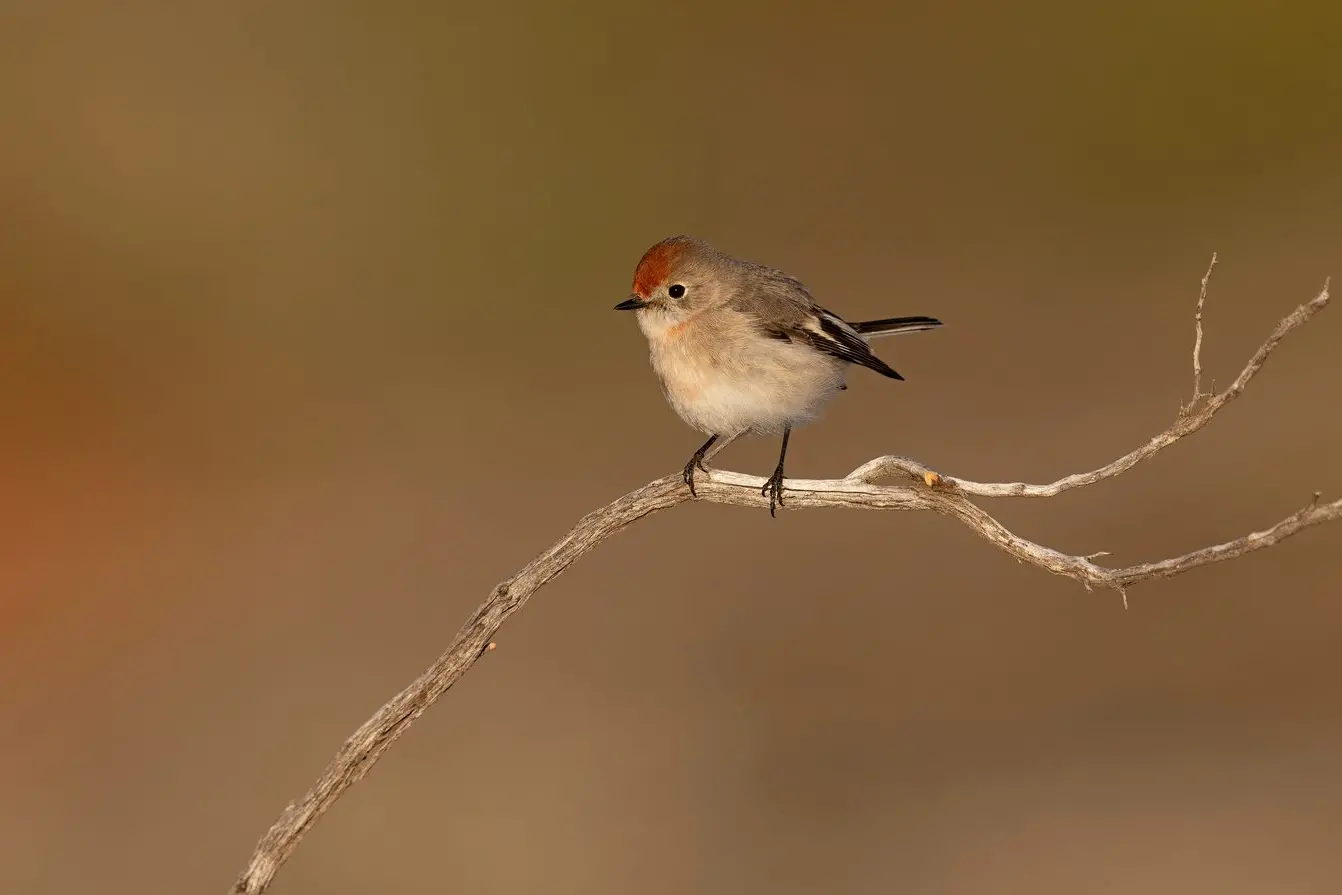PHOTO
When presented with a striking adult male, an observer can readily identify the various different ‘red’ robin species that occur in our area.
However, females and young birds that lack the bright gaudy colours can be somewhat of a challenge to differentiate.
The Red-capped Robin is a good example of this - females or youngsters can be easily confused with a Scarlet, Flame or Rose Robin.
Immature birds, like the young male pictured, can begin to show signs of their identity with a wash of colour in particular parts of their body, such as their chest and crown.
Females, however, remain brown-grey and though they have a reddish cap most of the time, they sometimes lack this feature.
Therefore, a good look at the diagnostic features is required to confirm identification.
For this, it is best to use a good bird field guide or phone app.
The Red-capped Robin is the smallest of the ‘red’ robins.
They are often noticed by their insect like trilling call ‘dit-dit-drrr-dit” and can appear almost tame and somewhat curious when encountered in the bush, and it is not uncommon for them to approach within a couple of metres to check you out.
This robin is found in most inland habitats that have tall trees or shrubs, such as eucalypt, acacia and cypress pine woodlands.
They are mainly found in the arid and semi-arid zones, south of the Tropics, with some extension into temperate coastal regions.
The Red-capped Robin feeds on insects and other invertebrates.
They forage on the ground or in low vegetation and will often perch on a stump or fallen branch, darting down to take insects from the ground.
Locally, they are often seen in mixed feeding flocks with other small insect-eating birds such as thornbills, Willie Wagtails and Rufous Whistlers.
Research has shown that male Red-capped Robin density is much lower in small, linear bushland remnants than in large non-linear remnants.
The small remnants represented a higher risk of predation, making them much less suitable as breeding habitat.
Red-capped Robins breed within an established territory, defended by the male.
The male sings from perches around the boundary of the territory to deter other Red-capped Robins and also other robin species.
The female chooses a nest site in a tree-fork and builds an open, cup-shaped nest of bark, grass, and rootlets, bound together with spider web, lined with soft materials and often hidden with lichen, bark and mosses.
The male feeds the female during nest-building and incubation.
The female incubates the eggs alone and both sexes feed the young.
Once the young have fledged, they may remain in their parents' territories for up to six weeks before dispersing.
Locally, Red-capped Robins are found year-round in our larger woodlands including the Warby Ranges, Killawarra, Chiltern and the Springhurst Hills.
They are rarely encountered in built up areas.

